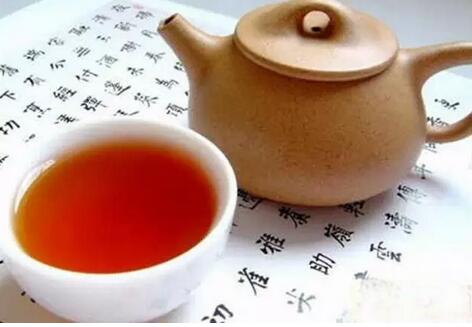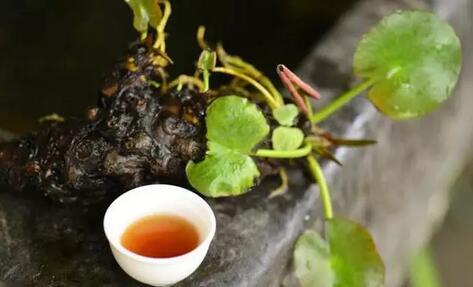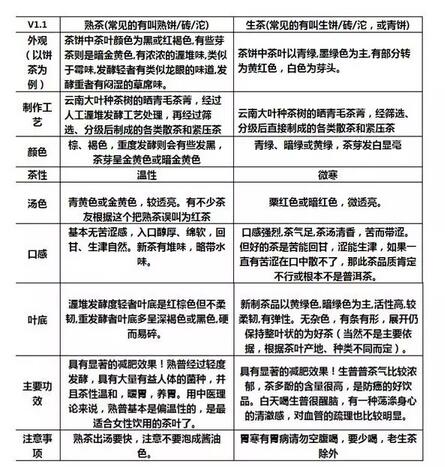It's often heard that Tieguanyin is green tea, and Da Hong Pao belongs to black tea. Is this a mistake? In fact, Tieguanyin and Da Hong Pao are between green tea and black tea, belonging to Oolong tea.

Once, while visiting a friend's house, they mentioned receiving an expensive can of premium black tea as a gift. Upon seeing it, I was shocked—it was clearly Da Hong Pao! My friend questioned me, "If Da Hong Pao isn't black tea, what is it?" This highlights the need for clarification: Da Hong Pao is Oolong tea, not black tea.

Although Tieguanyin resembles green tea in appearance, it is not green tea. Both Tieguanyin and Da Hong Pao are authentic Oolong teas, also known as Qing tea. They combine the rich flavor of black tea with the fresh aroma of green tea, leaving a lingering sweetness after tasting. Oolong tea is semi-fermented, placing it between green tea (unfermented) and black tea (fully fermented). Its health benefits include fat breakdown and weight loss, earning it the title of "beauty tea" abroad.

Recently, at a teahouse, a server insisted that Pu-erh is black tea, brimming with confidence. In reality, Pu-erh tea belongs to the dark tea category. Pu-erh is divided into raw and ripe varieties. Raw Pu-erh is made from fresh tea leaves aged naturally without pile fermentation, making it more stimulating to the stomach. Those with stomach issues should opt for ripe Pu-erh, which has stomach-nourishing properties, unlike raw Pu-erh, which may irritate the stomach. Raw Pu-erh is rich in active compounds, making it unsuitable for those prone to insomnia, fever, stomach ulcers, or pregnancy. It aids in lowering lipids, blood pressure, and weight loss. The fermentation process of Pu-erh differs from black tea, and despite both originating from Yunnan, Pu-erh and Dian Hong are distinct.
